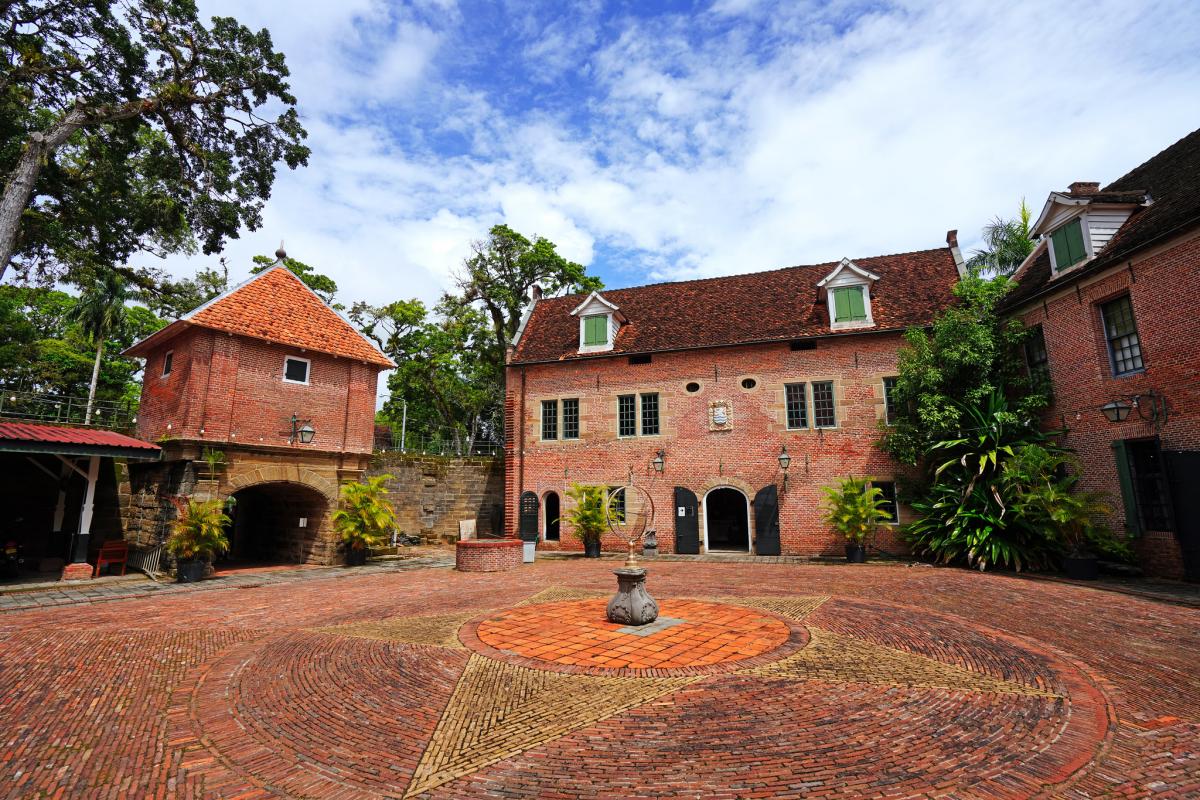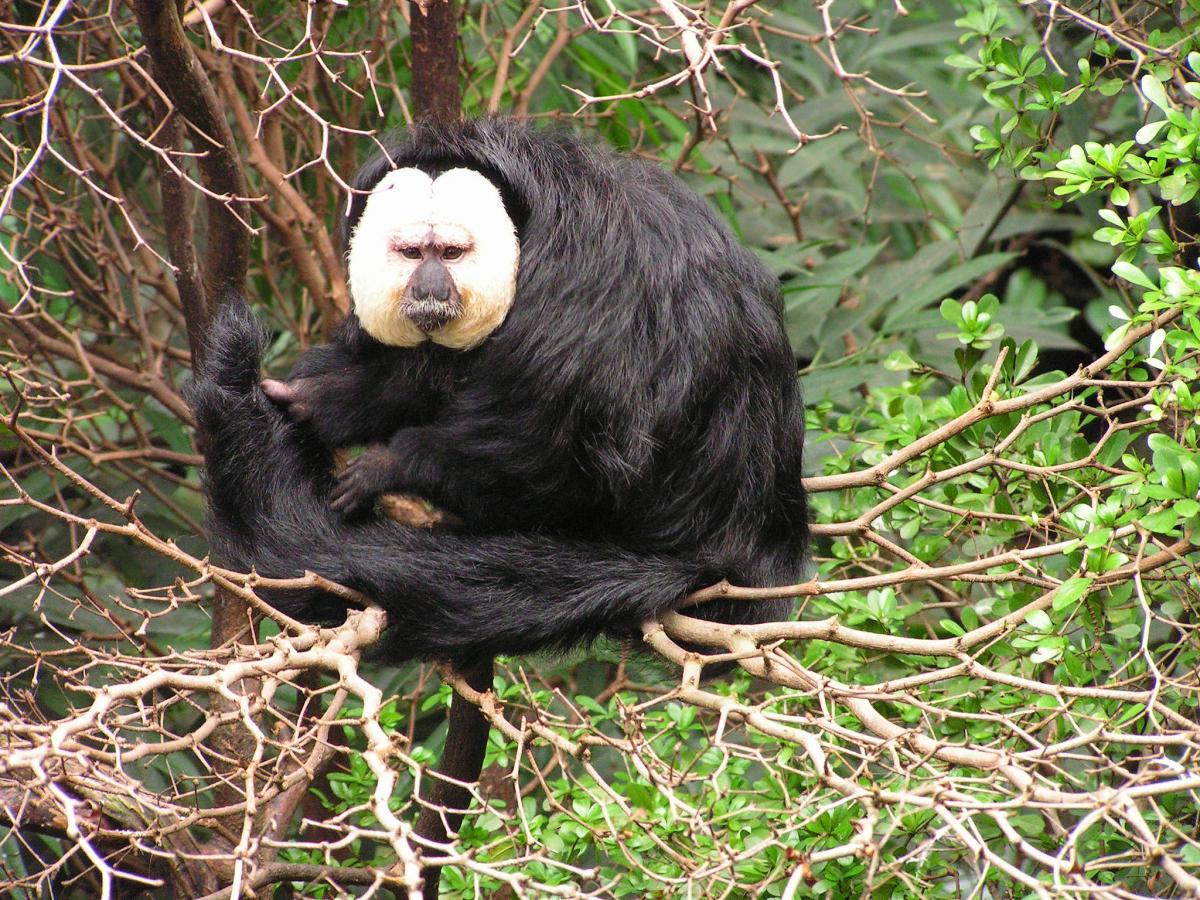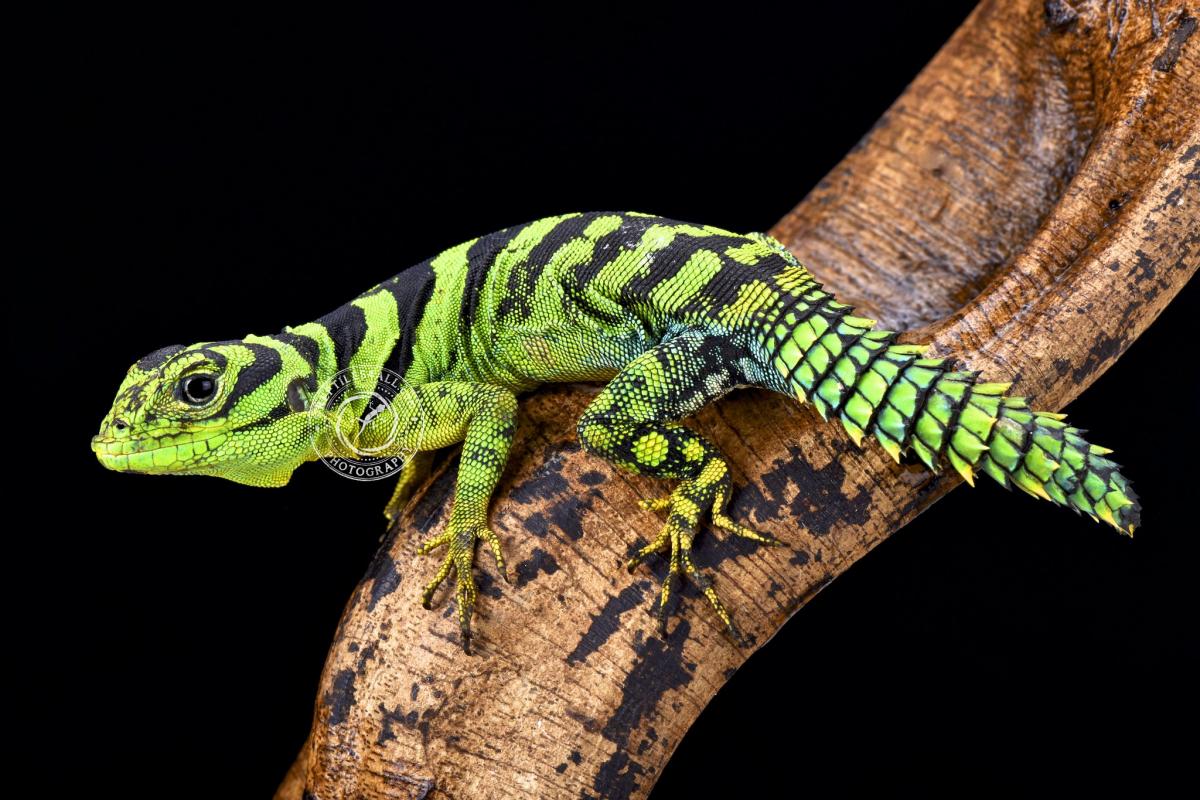Ren, PY8WW will be active as PZ5TW from Suriname, in CQ WW WPX SSB Contest, 29 - 30 March 2025.
He will operate in Single Operator Category.
Recent DX Spots PZ5TW
QSL via PY8WW.
Ads for direct QSL:
Renato Araujo, PSG Ademar de Barros, 68 Bairro Fatima, BELEM-PA, PA 66060-65, Brazil.
Suriname
Suriname is a state with incredibly beautiful landscapes, rich traditions and a turbulent history. This tiny country has experienced conquest, colonization, and periods of tranquility over the years. But despite the hardships and difficult times, the locals have always maintained a cheerful disposition and good-naturedness. This is what attracts tourists from all over the globe, and thousands of travelers, going to South America, are sure to include Suriname in their travel plan.
 Fort Zeelandia, Paramaribo, Suriname. Author - Andrey Sulitskiy.
Fort Zeelandia, Paramaribo, Suriname. Author - Andrey Sulitskiy.
A small country
If you look at a map of South America, in the northeast, just off the Atlantic coast, you can (albeit with difficulty) make out the outline of the country of interest. Suriname is wedged between Guyana, Guiana and Brazil. It is almost invisible on the world map, which is not surprising, because its area is only ~164,000 square kilometers. By world standards the state is small, and by South American standards it is tiny: among all the countries of this continent Suriname occupies the honorable last place. And this is despite the fact that 90% of the territory is uninhabited!
Nine tenths of the country's area is forest. It is practically everywhere. Suriname is roughly divided into North and South (although officially there is no such division). In the south there are nine districts: almost all of them are located near the coast, only Para and Brokopondo are landlocked. These districts have a decent infrastructure, with roads, airports (as many as fifty!), stores, schools, universities - in general, everything a person might need in life. On the territory of the tenth district, Sipaliwini, there is a forest. Just forest. That's it.
The untouched rainforest is a symbol of Suriname: it is an unchanging part of the local landscape, and (for the indigenous population) a sacred symbol and a source of strength. The effects of industrialization have already reached this mystical symbol, and deforestation is overtaking Suriname. Even despite this process, the tropics are still unassailable and still occupy the same 90% of the area as they did years ago.
So, if you are planning a trip to this South American state, consider the local specifics. Suriname is worth visiting for those who love the tropics, untouched wildlife and abundance in everything.
 White faced Saki, Suriname. Author - Johnny El-Rady.
White faced Saki, Suriname. Author - Johnny El-Rady.
Like a cornucopia
Despite its compact size, Suriname is a country of diversity. There is always an abundance of everything. What kind of things? Let's start with the most obvious: rain.
Two hundred days a year it rains like a bucket. The remaining one hundred and sixty-five days, the sun is unrelenting. The locals have adapted to the conditions and gladly walk in the downpours, and in the sunny afternoon only occasionally cover their heads with wide-brimmed hats. But when you are not used to such weather, it can be uncomfortable, to put it mildly.
However, it has its advantages. For example, the incredible fertility of the local soil. Some fantastic amount of fruits, vegetables, herbs and flowers grow in the country. The locals make juices from fruits and berries and offer them to tourists - not for sale, but just for fun. The owner of a cafe, a shopkeeper or a passerby who talks to you can give you a treat. It is rude to refuse a treat - you can seriously offend a friendly Surinamese, and also - to be known as an ill-mannered and rude person. So, if you plan to go out into the city, it is better to prepare yourself morally for drinking several liters of juice in advance.
When you are going to visit, you should have a bouquet of flowers. This is a sign of respect for the host and an expression of joy at the occasion of the visit. Likewise, be prepared to receive flowers from a guest who drops by. Even if the visit lasts no longer than a minute, locals don't forget the bouquet. In some houses, the windows and tables are literally filled with flowers.
The famous rainforest is filled not only with flora, but also with fauna. In the deepest part of the forest hide the rarest animals. On the banks of lakes and rivers lives the Surinamese pipa, an amazing frog that carries its babies on its back. The Surinamese amazon, a green, wide-winged parrot, sings in the crowns of trees. It mimics the color of the leaves of trees and imitates the voices of people, the cry of animals and the sound of musical instruments. There is also the Surinamese cockroach, the Surinamese flour maker - and surely many other things Surinamese. No one knows for sure how many species of living creatures live in the ancient forest. Scientists are discovering new species of animals every year, both those unknown to science and those that were thought to have long since disappeared from the face of the earth.
What the country still has a lot of is nationalities. The history of Suriname began with the development of the river of the same name by the nomadic Arawak, Warrau and Carib tribes. Representatives of these three tribes existed here until the arrival of the conquistadors at the very end of the 16th century. The Spanish conqueror Diego Lepe mapped Suriname and gave the country its current name, but the territory was considered Spanish only nominally. Only in XVII century the English arrived to the shores of South America. They occupied the nominally Spanish territory and landed in the port. Until the XVIII century the territory was considered English, then it was transferred to the Netherlands. From that moment until Suriname gained its independence in 1975 it was called Dutch Guiana. It was the Dutch authorities who turned the country into a major sugar plantation. Before the abolition of slavery the local population worked in the cane fields, and after that Indonesian, Chinese and Arab migrants were brought into the country. This is how the modern population of Suriname was formed, and at the same time tolerance towards newcomers was developed.
It was because of the Dutch policy that another abundance was formed on the territory of the country - linguistic abundance. The official language of Suriname is Dutch, but Acurio, Waiwai, Wayana, Arawak, Hindustani, Trio, Portuguese, English, Korean and even dialects of Arabic are widely used. And the locals are also genuinely interested in other cultures and try to elicit and memorize at least a few foreign words from their guests.
In general, if you know any language at all, you will be able to communicate with Surinamese. And even if you do not understand, they will still try to understand you. Hospitality and respect for other people's culture is part of Suriname's own culture. However, they expect to see the same attitude from tourists. So it is better to prepare in advance for non-standard situations. Because the traditions and customs here are certainly not simple.
 Suriname. Author - Matthijs Kuijpers.
Suriname. Author - Matthijs Kuijpers.
It is difficult to be Surinamese
Suriname was divided into two camps after the Europeans came to the continent and were forced to live with them. In one camp were the British, the Dutch and those locals who found European life to their liking. It is unlikely that any of us will have difficulties with their traditions and customs. In the other camp were those who wished to preserve their culture (fortunately, the Dutch government was not too opposed to this). And it is with these traditions that visitors to the country have the most difficulty.
Most impressive is the distribution of gender roles. In some Caribbean tribes there is complete matriarchy, in others the dominant role of women is not so pronounced, but still noticeable. Marriage as such simply does not exist, but family relations are still very strong. For example, there are whole "family" villages, where the mother lives next door to the children, and all members of the small community have a joint household. Tribes, by the way, welcome visitors, so you can freely drop into the village (don't forget the traditional bouquet) and admire the way of life. But take into account that you will have to speak in one of the Caribbean languages - well, or with gestures and smiles.
Local tribes have preserved ancient rituals. One of them is the rite of passage to adulthood. Teenagers must prove that they are worthy to be called adults, and to do this - to demonstrate strength of mind and stamina. A common tradition is to be tested by ant or wasp stings. In general, it is not surprising that after such practices Surinamese people acquire fantastic hardiness.
Their restraint is evident in everything. For example, a well-mannered Surinamese is never rude to anyone. Even raising one's voice is considered unacceptable. There is no hurry, no indignation or indignation (even about injustice). The usual phenomenon is a multi-meter long queue, all participants of which patiently and without conflicts wait for the opening of the shop. And then they let a grandmother from the very tail of the queue go ahead.
Another indigenous Surinamese value is friendship. For a long time, friendly, almost brotherly relations were the key to the survival of the tribe on the limited territory between the forest and the ocean. Today, it is more a tribute to tradition and an expression of good morals. Relationships between friends are considered indestructible, almost as solid a foundation of society as the family. Even before the arrival of Europeans on the continent, friendly relations between members of different tribes were considered normal and even obligatory, but now the line between tribes is erased and the norm is considered good-naturedness towards any person.
It is traditions and rituals that have formed such a favorable psychological climate in Suriname. One can spend a month, a week or even a whole life here, not rushing anywhere and enjoying the splendor of nature.

